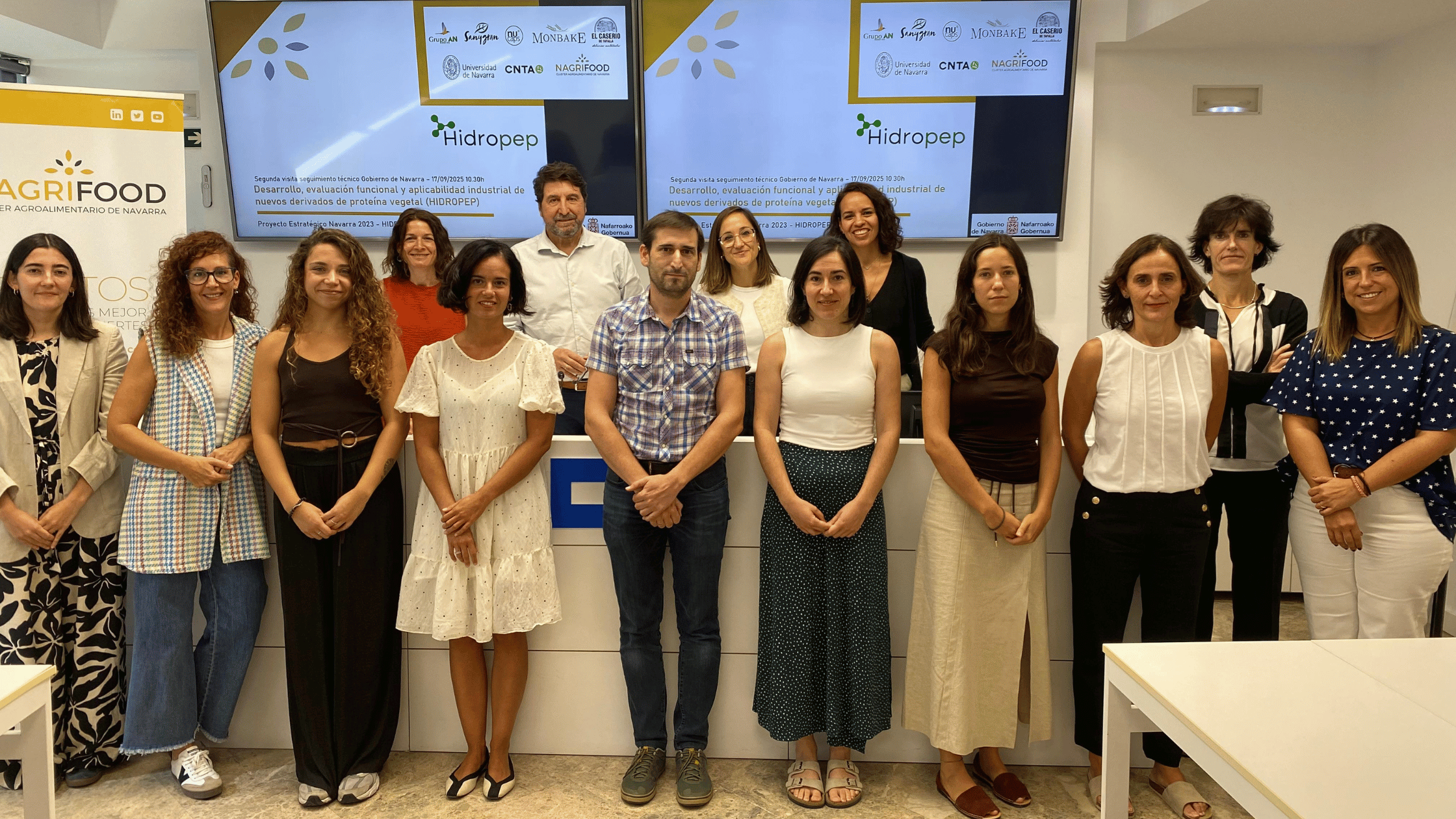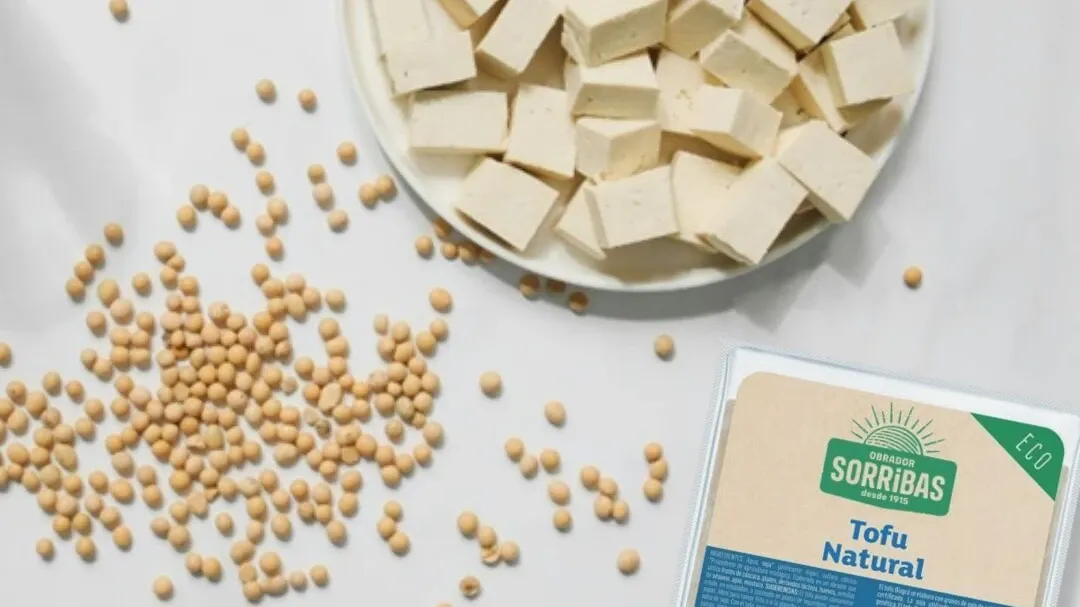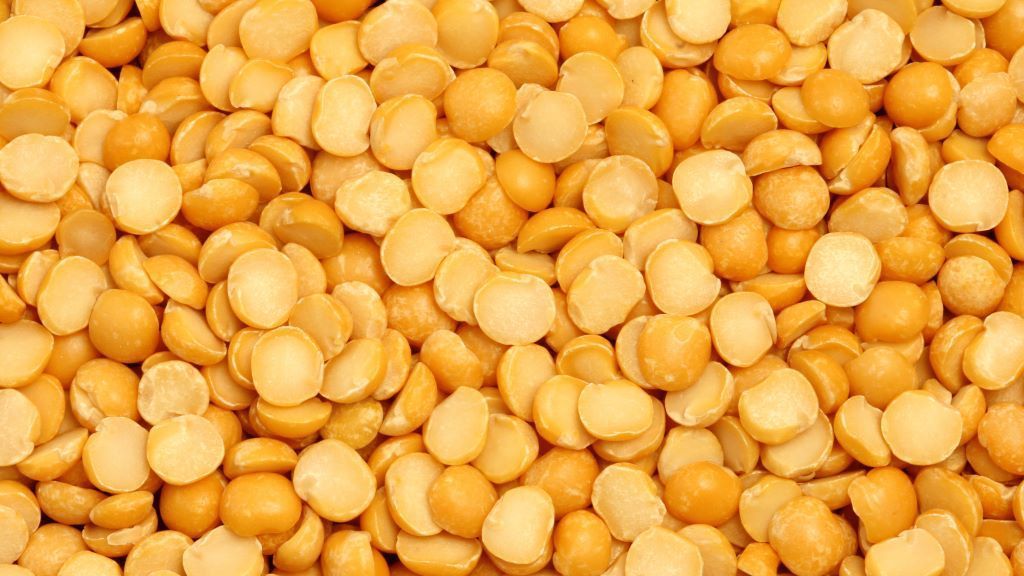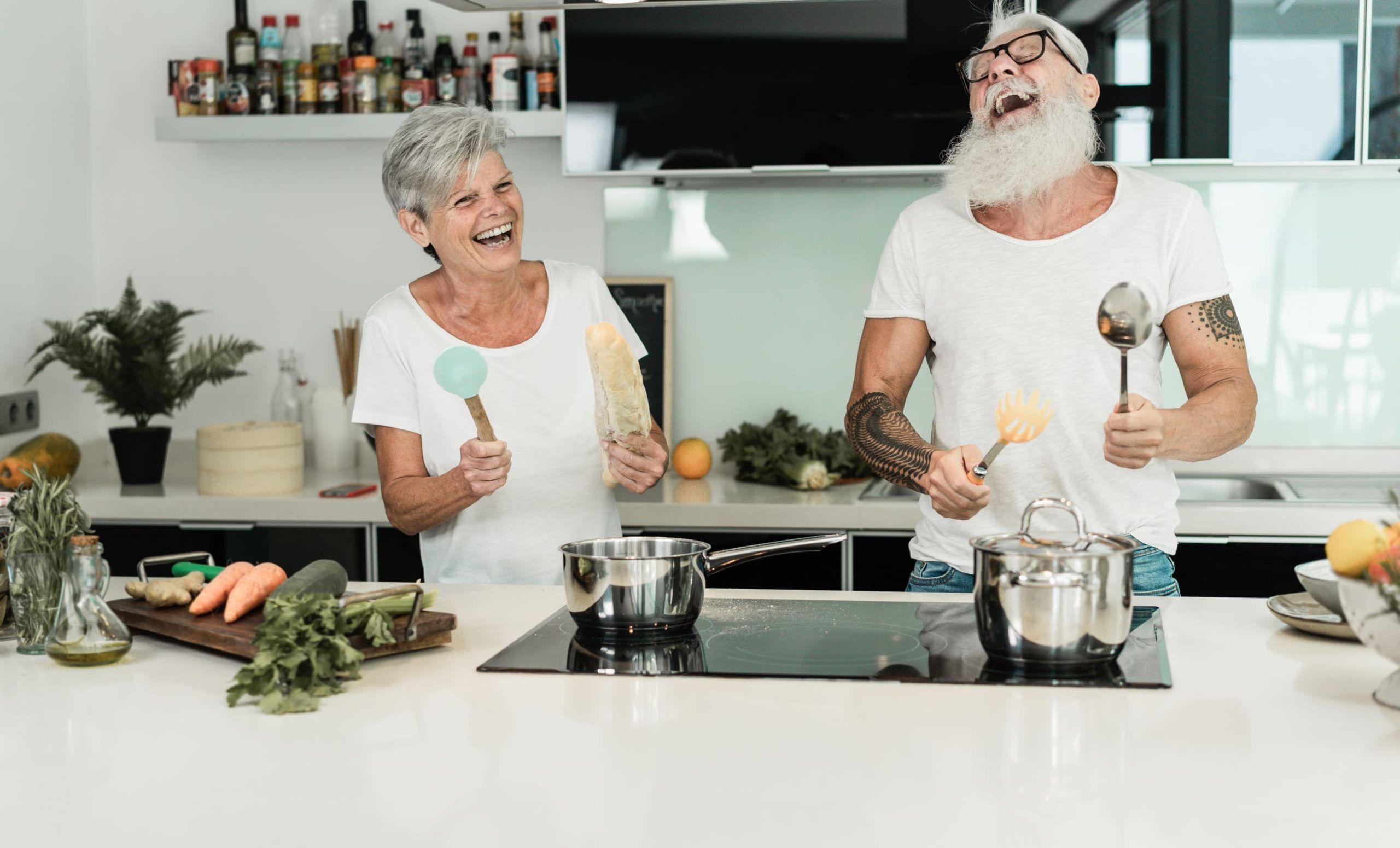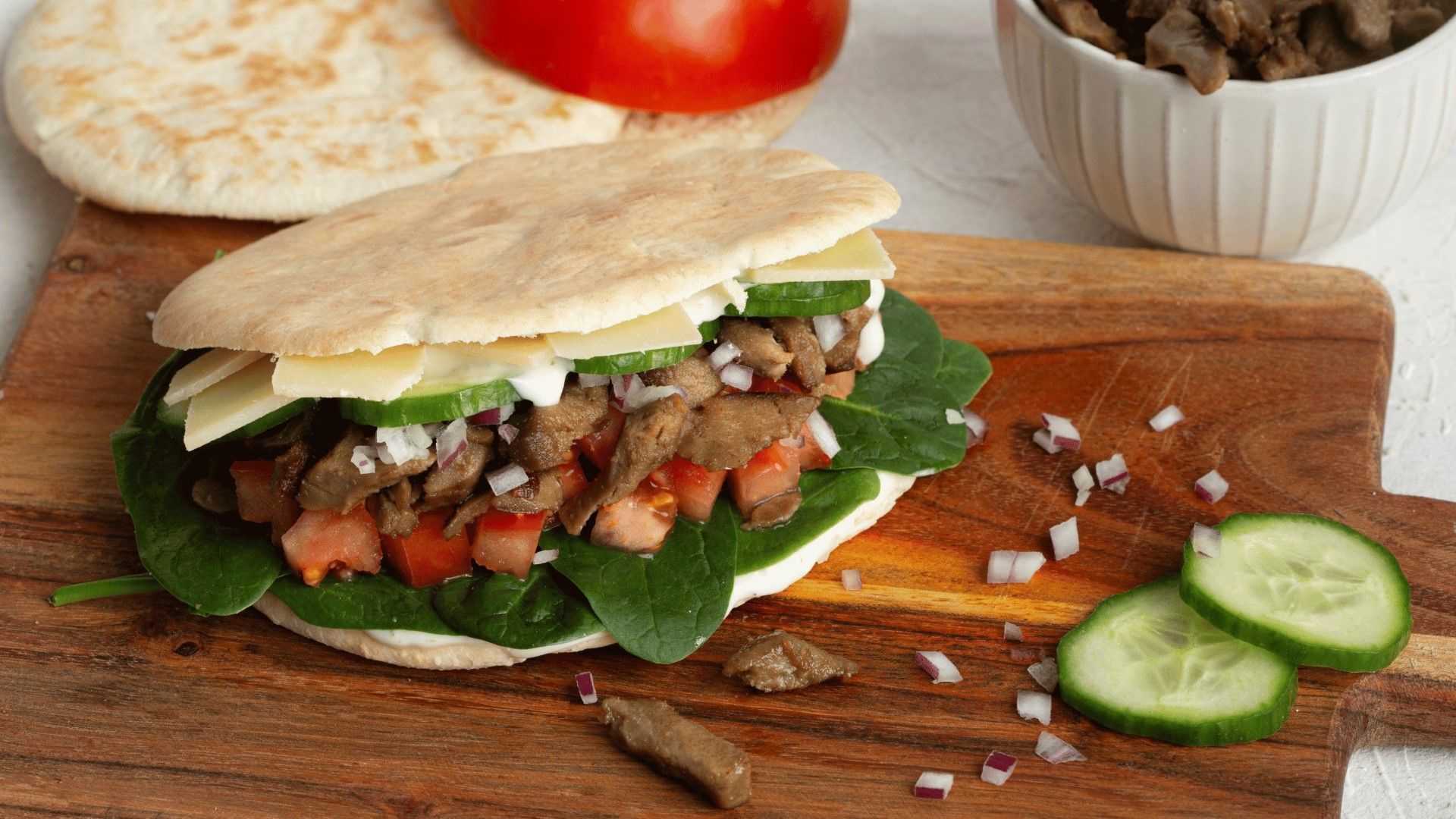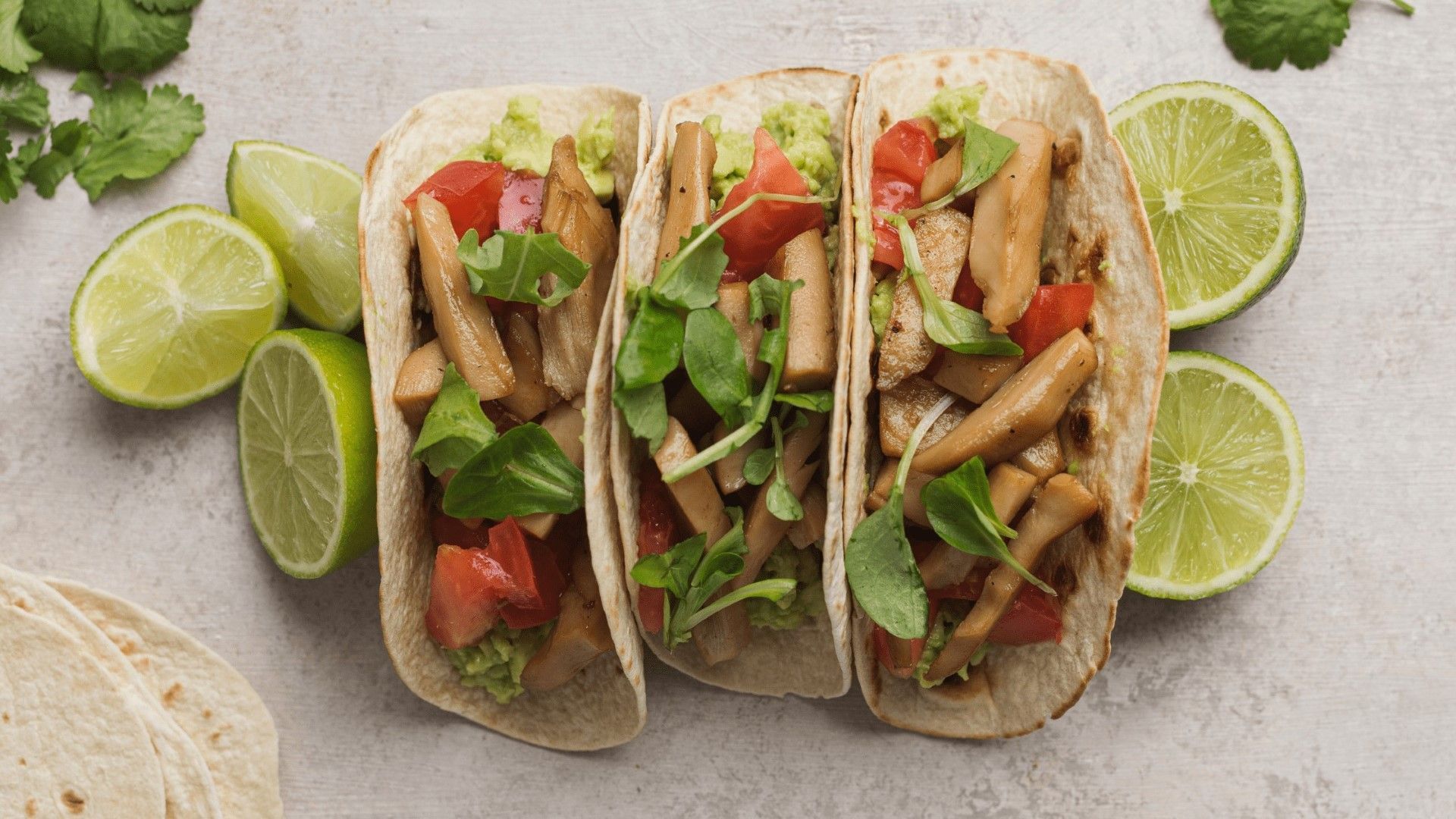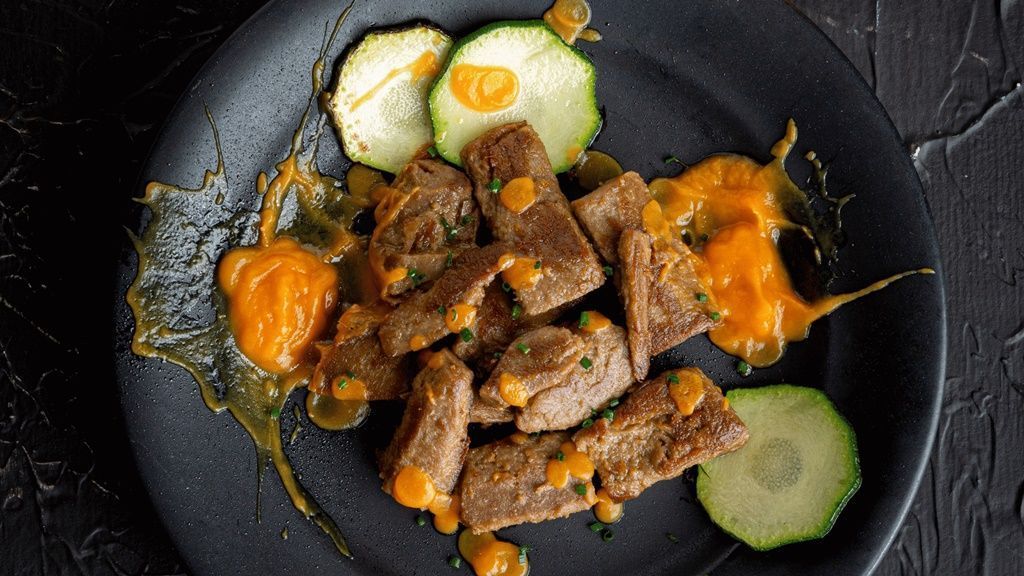The HIDROPEP project advances sustainable and personalised food solutions
The HIDROPEP project, framed within the 2023 call for Strategic R&D Project Grants by the Government of Navarra (CHALLENGE 4: ALPES IV – Personalised and Sustainable Nutrition), continues to make significant progress with notable results in the field of food innovation.
Recently, the second monitoring visit by technical representatives from the Government of Navarra took place at NAGRIFOOD’s headquarters, as part of the follow-up of the Strategic Project HIDROPEP. The consortium, led by Grupo AN, also includes Alimentos Sanygran, Monbake, Nucaps, El Caserío de Tafalla, the National Centre for Food Technology and Safety (CNTA), the University of Navarra (UNAV), and the Navarra Agrifood Cluster (NAGRIFOOD).
In its initial stages, Grupo AN conducted field studies that identified significant differences between varieties and sowing times, providing key insights for defining more efficient agronomic strategies. In addition, work is being carried out to improve food formulations, such as plant-based burgers.
Alimentos Sanygran has developed pea protein-based ingredients applied in both plant-based and meat burgers. The resulting products, processed under modified atmosphere packaging, have shown good texture, protein quality, and sensory acceptance, confirming their feasibility as a sustainable alternative.
For its part, NUCAPS has validated the use of pea and faba bean protein concentrates as encapsulation systems for functional ingredients. More than ten formulations containing bioactives, probiotics, and flavourings have been developed, resulting in stable and versatile prototypes suitable for beverages and confectionery.
In this latter area, El Caserío de Tafalla has defined the final formulation for functional sweets with natural extracts, which have successfully passed stability and flavour tests, demonstrating optimal preservation under controlled conditions.
The National Centre for Food Technology and Safety (CNTA) has worked on obtaining microbiologically safe protein isolates and concentrates for consumption, assessing their behaviour in bakery applications. The concentrates received higher sensory evaluations. Moreover, an oat drink with probiotics encapsulated in pea and faba bean proteins has been developed and its stability validated after heat treatment. In addition, sourdoughs rich in gamma-aminobutyric acid (GABA) – a neurotransmitter that may help reduce stress and anxiety – have been produced.
MONBAKE has conducted laboratory tests with these ingredients, identifying sensory profiles with room for improvement, which will guide future research to optimise product flavour.
The University of Navarra (UNAV) has developed snacks using faba bean and pea protein concentrates, observing differences in their functional and sensory properties. The studies carried out have shown positive effects on metabolic parameters, reinforcing the potential of these ingredients for the development of functional foods.
Finally, NAGRIFOOD has advanced in completing the Life Cycle Assessment (LCA) report, contributing to project coordination and consolidating its visual identity through the design of the official logo.
The HIDROPEP project represents a decisive step towards healthier, more sustainable, and more personalised nutrition that meets the current needs of society.
